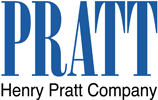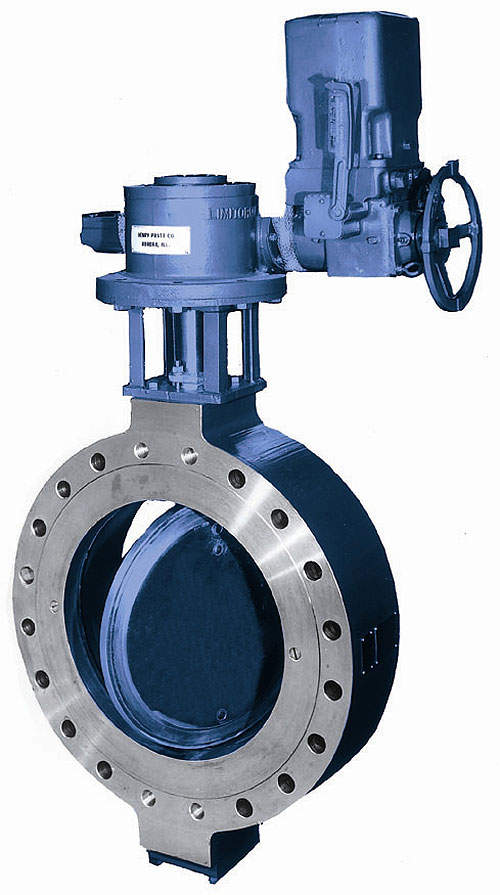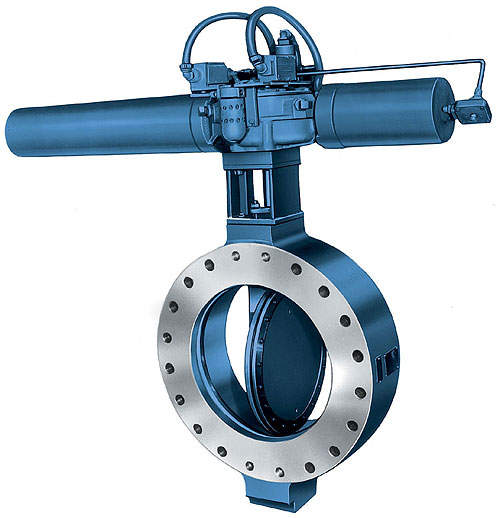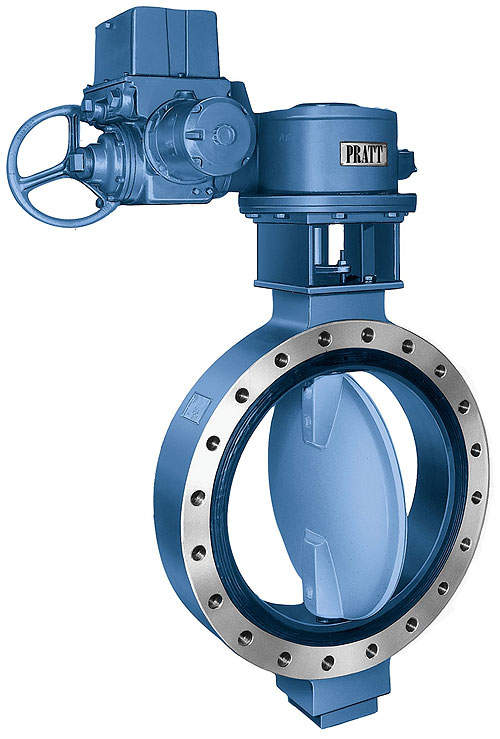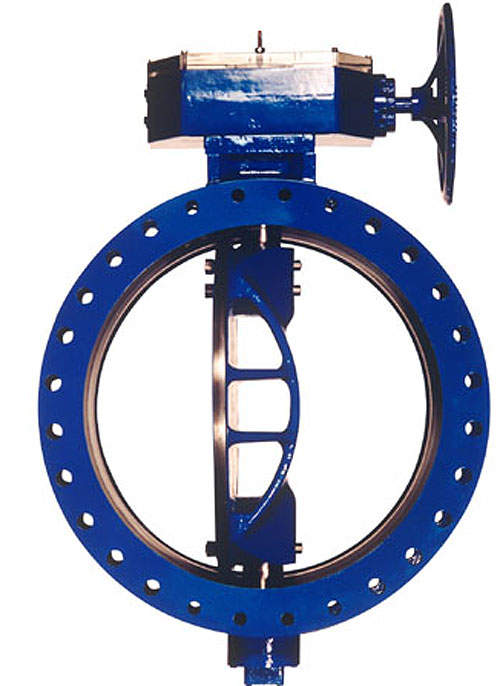The Henry Pratt Company is a leading manufacturer of valves and accessories with over 60 years of experience servicing the power industry.
Pratt was introduced to the power industry through repair work done at a Commonwealth Edison building in the city of Chicago. This location was one of Edison’s main power producers at the time. A valve was needed in a water line where no valve currently existed, with little headroom. The Henry Pratt Company was asked to design a compact valve to solve the problem. The design that was produced was the resilient seated butterfly valve, which would one day become the company’s principal product.
Pratt continued to produce resilient seated butterfly valves on a case-by-case basis until the mid-1940s, but after World War II Pratt decided to develop the valve into a product line for both power and waterworks applications. Today, the Henry Pratt Company is a leader in both the power and water markets.
Butterfly valves
The Series 1100 nuclear water valve is an ASME Class 2 and 3 nuclear safety-related water service butterfly valve, available in sizes from 6in to 36in (and larger as required). The design rating is for Standard Pressure Class of ANSI 150# Class. For valves larger than 24in, 75 psig service class, as permitted by ASME Sec. III Code Class 1678, is available.
Design features of the Series 1100 include a flanged body, constructed of materials conforming to SA-216, Gr. WCB or SA-516, Gr. 70; a valve disc that is either fabricated or cast construction or carbon steel, with the carbon steel disc having a stainless-steel seating edge which covers the full width of the seating surface; and rubber seats, which are permanently bonded or mechanically retained in the valve body, without use of threaded fasteners. Valve shafts can either be a one-piece construction, extending through the valve disc, or comprised of two-piece shafts inserted into the disc hubs.
Nuclear air butterfly valves
The Series 1200 nuclear air valve is an ASME Class 2 and 3 nuclear safety-related air service butterfly valve, available in sizes 6in through 48in. The design rating is the same as the Series 1100.
The Series 1200 design features, similar to the Series 1100, include a flanged body, a fabricated or cast steel constructed valve disc with a mechanically retained and adjustable rubber seat, and a valve shaft that can be either a one-piece construction, or a two-piece shaft.
Series 1200 valve bodies and discs are constructed of materials conforming to SA-516, Gr.70.
Nuclear water butterfly valves
The Series 1400 nuclear water valve is an ASME Class 2 and 3 nuclear safety-related water service butterfly valve, available in sizes from 3in to 24in. The design rating is for Standard Pressure Class ANSI 150# Class.
Design features and materials of construction on the Series 1400 mimic the Series 1100, for their use is the same.
Rubber seated butterfly valves
The Triton XR-70 rubber seated butterfly valve conforms to AWWA C504 requirements and is available in sizes from 24in to 144in. Standard body styles are flange x flange ends, mechanical joint (MJ) ends (24in-48in) and flange and MJ ends (24in, 30in and 36in).
Features of the Triton include the Pratt E-Lok seat design and the flow-through disc design. With the E-Lok seat design, the rubber seat is mounted in the valve body, which provides bubble-tight closure. The flow-through disc design achieves more strength at less weight than any other disc design currently on the market.

